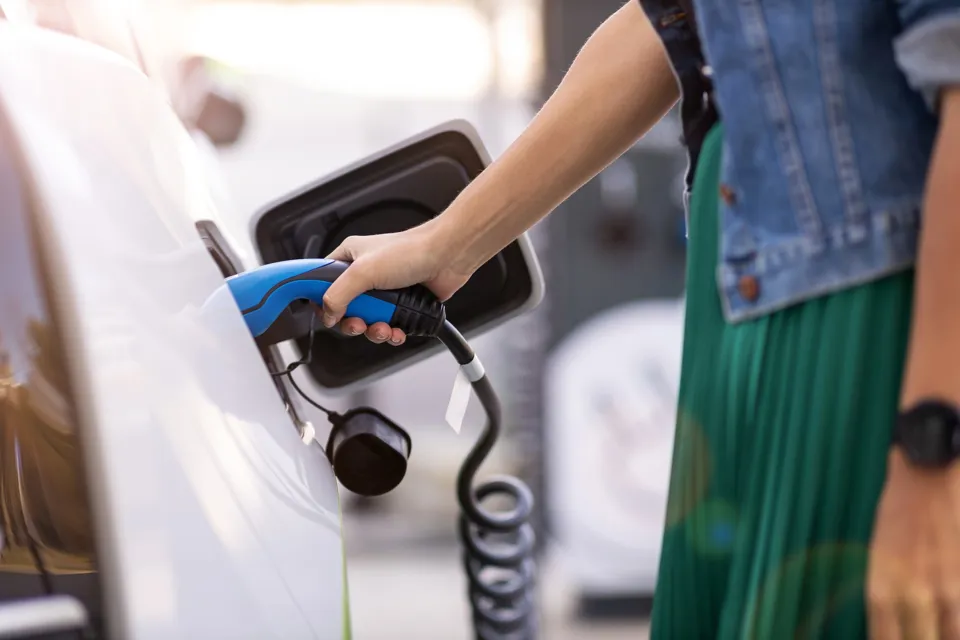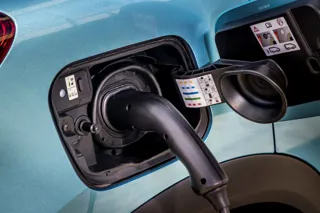The increase in National Insurance Contributions (NIC), announced by the Government, will strengthen the financial appeal of choosing an electric vehicle (EV) as a company car, says Arval.
Employers pay NIC in several ways - on salaries, bonuses, and many employee benefits. The rates for those different kinds of NIC are all currently 13.8%. Following the 1.25 percentage point increase in NIC from April 2022, and subsequent Levy from April 2023, employers will pay NIC at an effective rate of 15.05%.
Employees have NIC deducted at source at different rates depending on their level of earnings, and each of those rates will also increase by 1.25 percentage points.
Richard Cox, a consultant at Arval UK, said: “The change in NI improves the position of low carbon vehicles relative to others, so while there is an increase for EVs, it is much lower than for PHEV and much, much lower than for ICE.”
Figures from Arval show that for a £40,000 internal combustion engined (ICE) car, the monthly increase in employers’ NI paid on benefit-in-kind (BIK) taxation will be £11.67, whereas for a £45,000 petrol hybrid electric vehicle (PHEV), it will be £5.62, and for a £50,000 electric vehicle (EV), just £1.04.
Cox says that the biggest impact of the NI increase for employers and employees is on salaries, where there is a combined 2.5% increased tax charge.
In contrast, for company cars the rate is half of that at 1.25%, because employees do not pay NI on benefits.
“This is good news for company cars in the sense that the increase in NI is smaller than for cash options, although again it is important to underline that the amounts involved are quite small when measured on an individual basis,” he explained.
“The amounts involved for employers are not enormous – an additional 1.25% on NI is barely more than the increases we see in BIK rates each April but will certainly add up over a large fleet.”
He added that the increase would have the least effect on companies who use a whole life cost (WLC) model for constructing their choice lists.
Cox said: “A WLC based approach means that the NI increase will be automatically absorbed because it is part of the defined company car budget, although it does marginally reduce the buying power of employees unless the employer decides to make a compensatory increase.
“The NI increase does also make salary sacrifice schemes based around EVs even more attractive for both employers and employees.
“Employers will save on NI payments on salaries alongside a much lower charge on the BIK element, while employees will save more NI although there is no corresponding NI charge on the BIK.”
He added: “We are currently seeing a considerable increase in EV salary sacrifice schemes and this new development only adds to their attractiveness.”
According to the 2021 Arval Mobility Observatory Barometer, low tax rates on EVs have resulted in an increase – now 53% compared with 39% in 2020 – in employers offering sal/sac to non-company car drivers.
Leasing companies are also reporting a growing interest in salary sacrifice for electric cars, with low BIK rates for EVs driving company car adoption.
> Interested in comparing electric vehicle data? Check out our EV tool.
> Interested in ensuring the efficient use of EVs. Check out our dedicated editorial sections: Insight & policy | EV news | Charging & infrastructure | Costs & incentives | Benefit-in-kind | EV case studies | EV road tests






















Login to comment
Comments
No comments have been made yet.